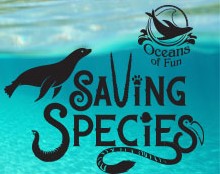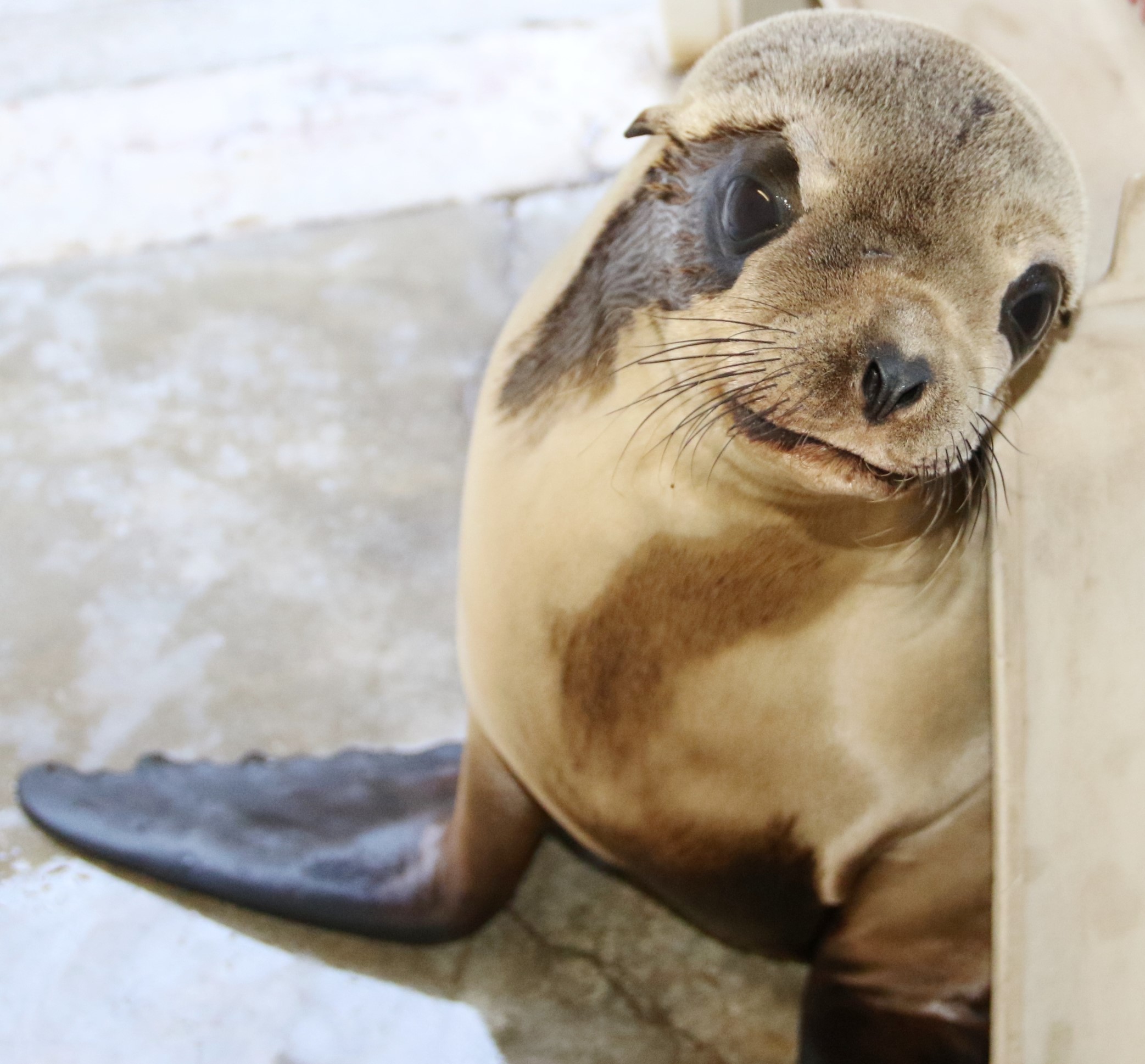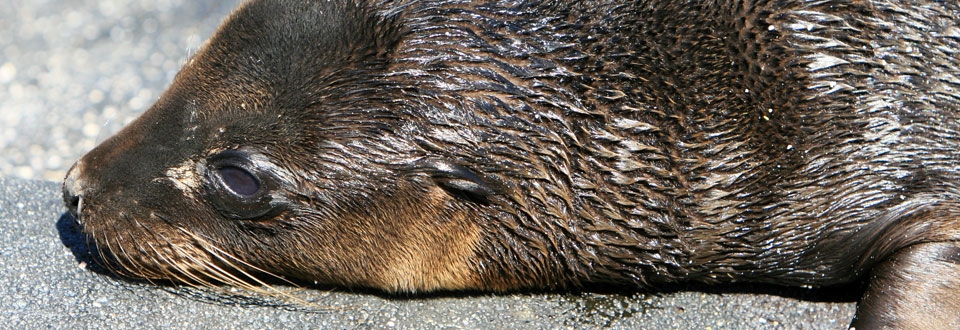
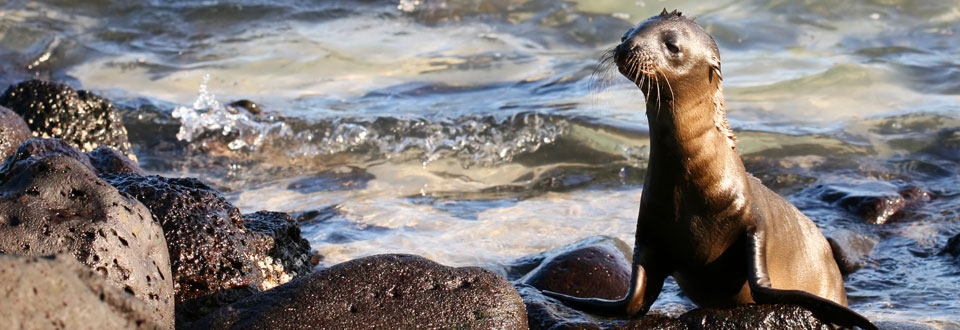
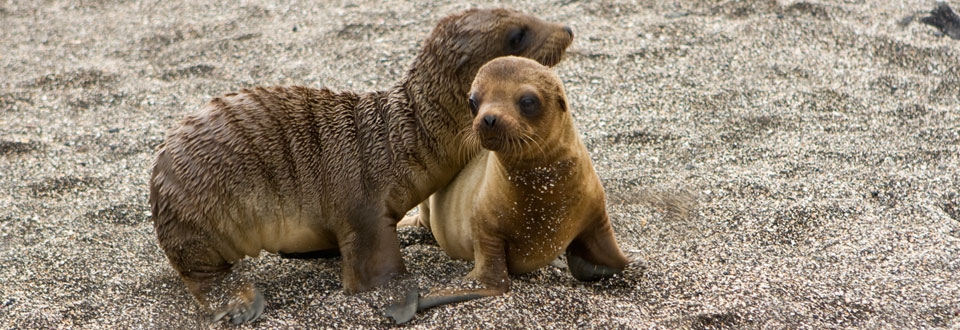
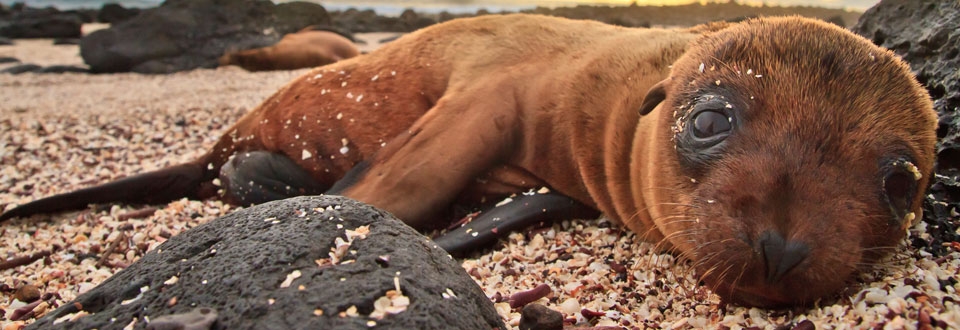
California Sea Lion Pup Unusual Mortality Event
This year is proving to be a struggle, yet again, for California sea lion pups out in the wild. From January to Late-April 2015 alone, 2,700 pups stranded themselves along the California coast spanning from Santa Barbara to San Diego. This record breaking number is 20 times the average number of strandings and has already exceeded the total number of pups stranded in 2013 and in 2014, and we expect to continue to see stranding through the beginning of June.

Stranding centers, such as the Marine Mammal Center in Sausalito, CA. are taking in as many pups as possible in hopes of rehabilitating them and releasing them back to the wild. The pups are coming into the centers extremely dehydrated, malnourished and most of them are extremely underweight for their age. The rescue centers are working around the clock to hydrate these animals and get them to the point where they are eating fish on their own. Once a pup has gained enough weight and appears to have no other medical conditions, it is released back to the ocean.
Due to this dangerously high number of strandings, the National Oceanic and Atmospheric Administration (NOAA) has officially declared an Unusual Mortality Event (UME). A UME was also declared in 2013, when a total of almost 1,300 stranding occured. The Maine Mammal Protection Act, established in 1972, states that a UME is “a stranding that is unexpected; involves a significant die-off of any marine mammal population; and demands immediate response.” Due to the increasing amounts of UMEs over the past several years, efforts to study carcasses and live stranded animals have increased dramatically. Through studying these strandings, researchers and facilities are able to gain a better understanding of pollution threats and stressors, as well as over all ocean health.
 These stranding are believed to be caused due to warming ocean temperatures. The increase in water temperature results in prey fish having to move to deeper colder waters, which means mothers have to go deeper into the ocean for longer periods of time. It also means that the mothers may not be producing enough milk for their pups. Pups are of weaning age between 8 and 12 months, which is when they would typically begin to prey on small bait fish. The pups who are not receiving the proper nutrition from their mothers, are trying to wean too soon; however, they do not have the skill set needed to catch fish nor is the fish they would be able to eat present in large enough quantities to properly nourish the pups.
These stranding are believed to be caused due to warming ocean temperatures. The increase in water temperature results in prey fish having to move to deeper colder waters, which means mothers have to go deeper into the ocean for longer periods of time. It also means that the mothers may not be producing enough milk for their pups. Pups are of weaning age between 8 and 12 months, which is when they would typically begin to prey on small bait fish. The pups who are not receiving the proper nutrition from their mothers, are trying to wean too soon; however, they do not have the skill set needed to catch fish nor is the fish they would be able to eat present in large enough quantities to properly nourish the pups.
The Alliance of Marine Mammal Parks and Aquariums (AMMPA) is coordinating a support system of accredited facilities for the current UME and future UMEs. AMMPA is developing the ability to be a resource of communities the are able to react and respond to UMEs in order to assist with animal rescue, rehabilitation, release, and research when the need arises. Ocean Connections is not only working to raise funds to help rehabilitate these pups, but we will also be sending some of our staff down to assist in caring for the hundreds of animals continuing to strand.
|
|
Sources
Marine Mammal Center:
National Oceanic and Atmospheric Administration (NOAA):
National Marine Fisheries Service (NMFS)
Images provided by the National Marine Mammal Foundation |




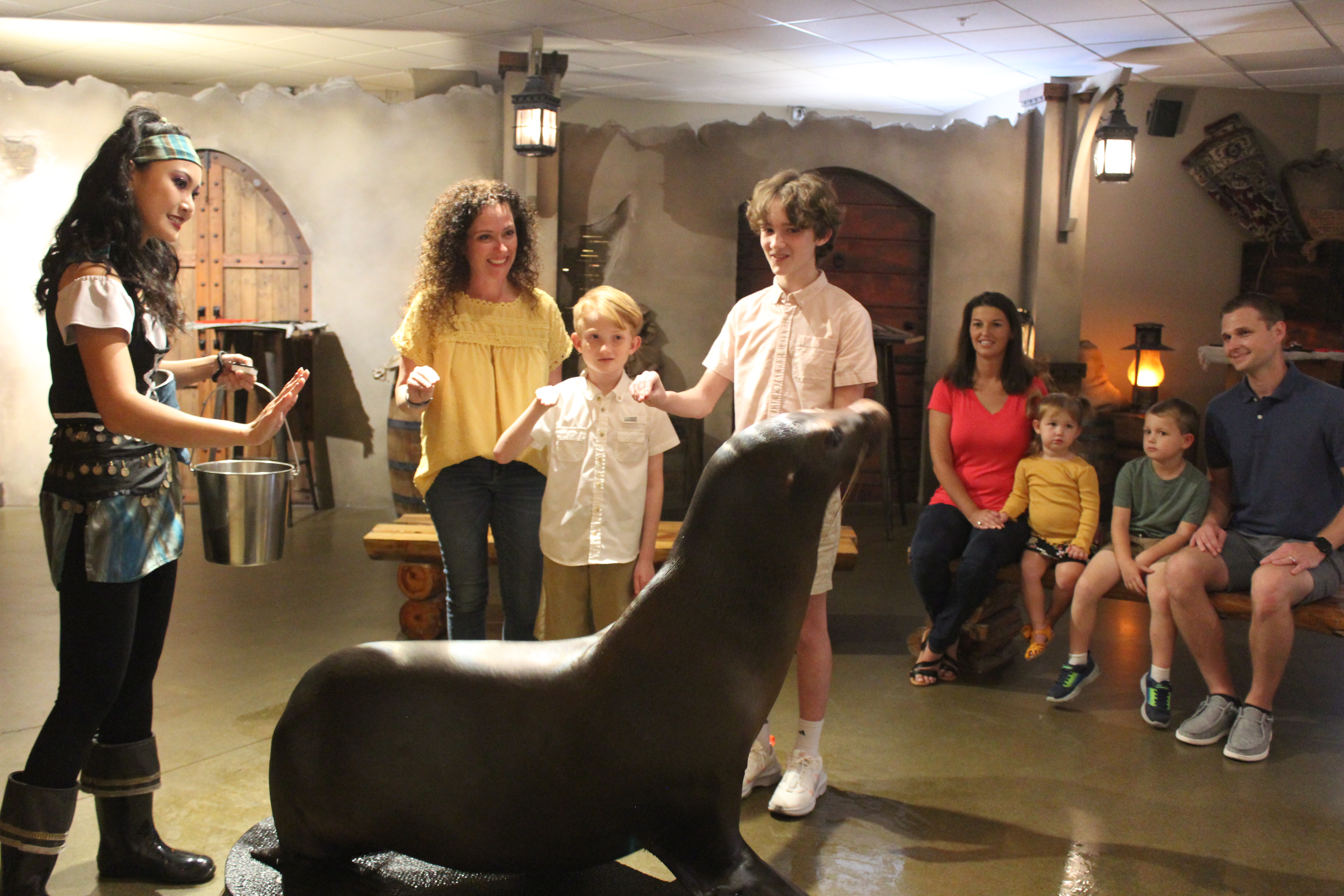 Animal Encounter
Animal Encounter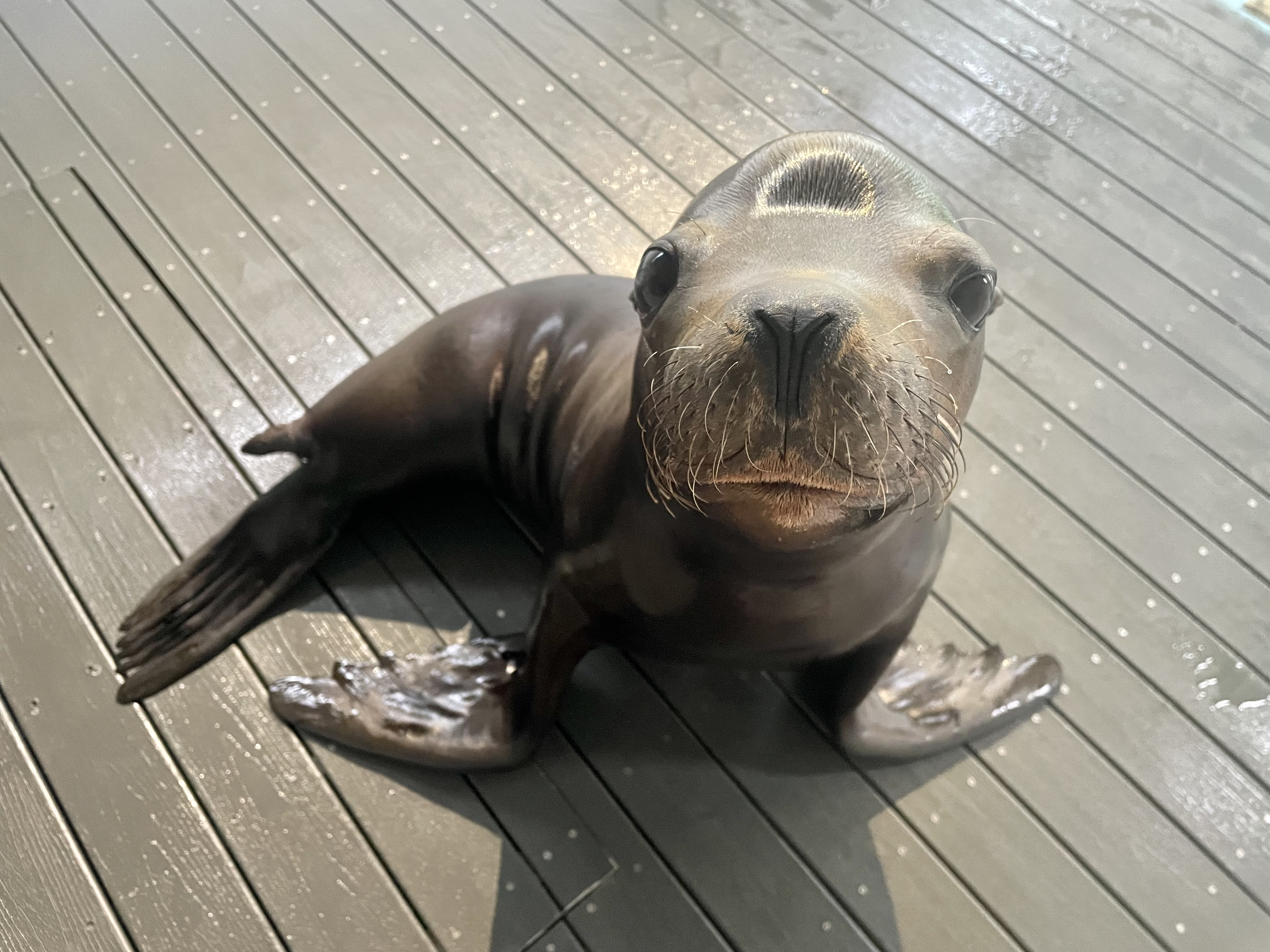 Our Locations
Our Locations
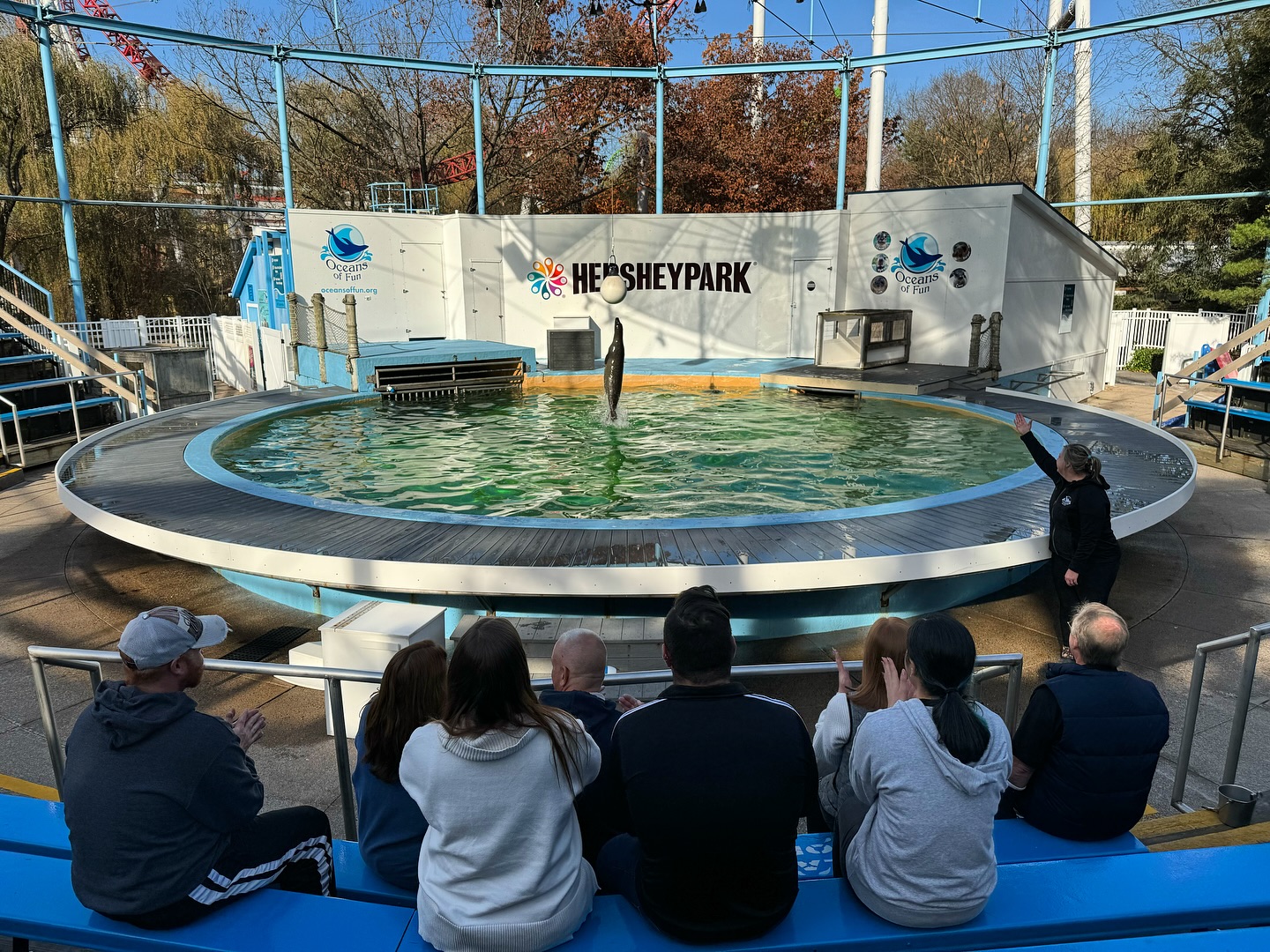 Family Fun
Family Fun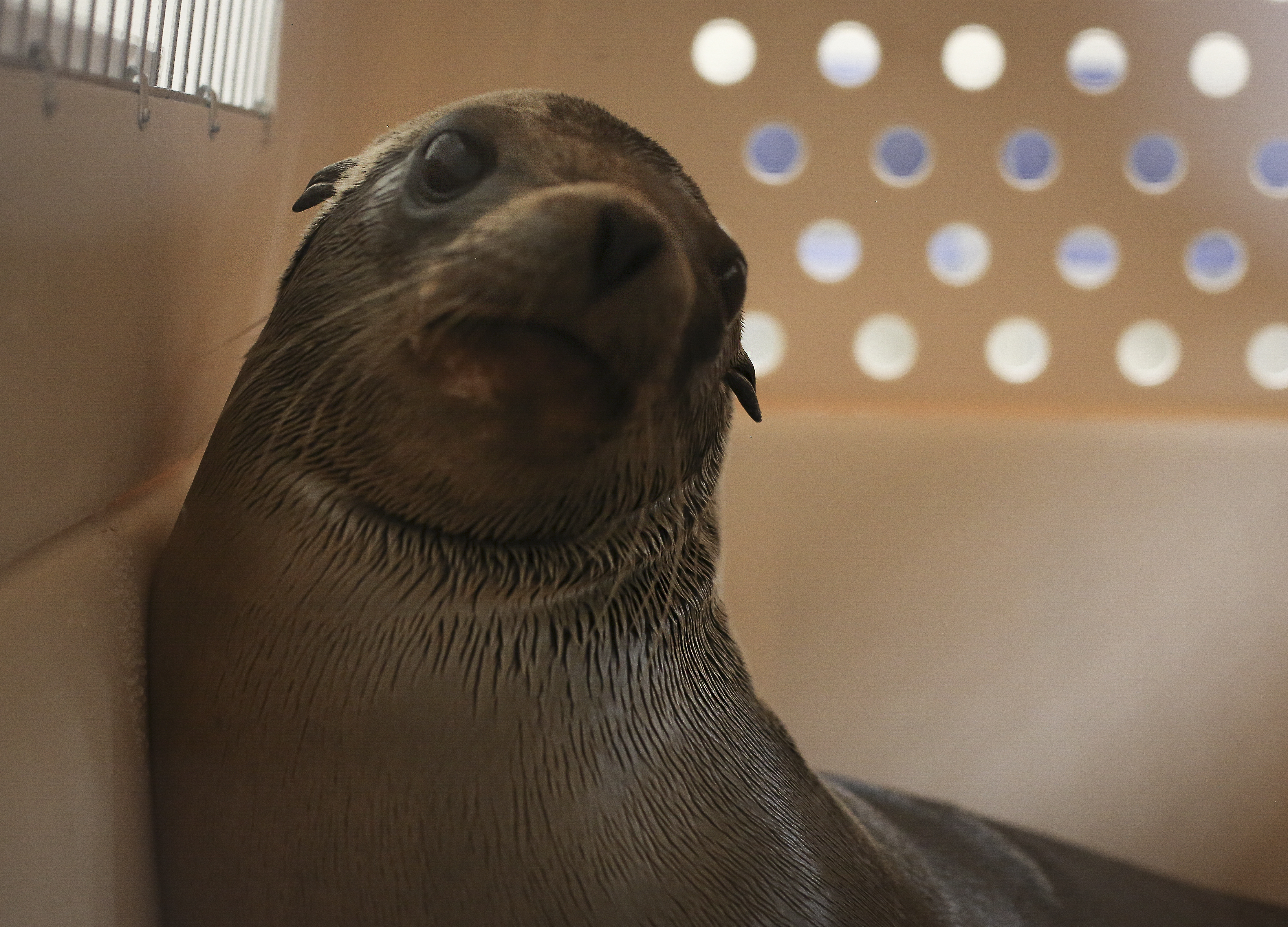
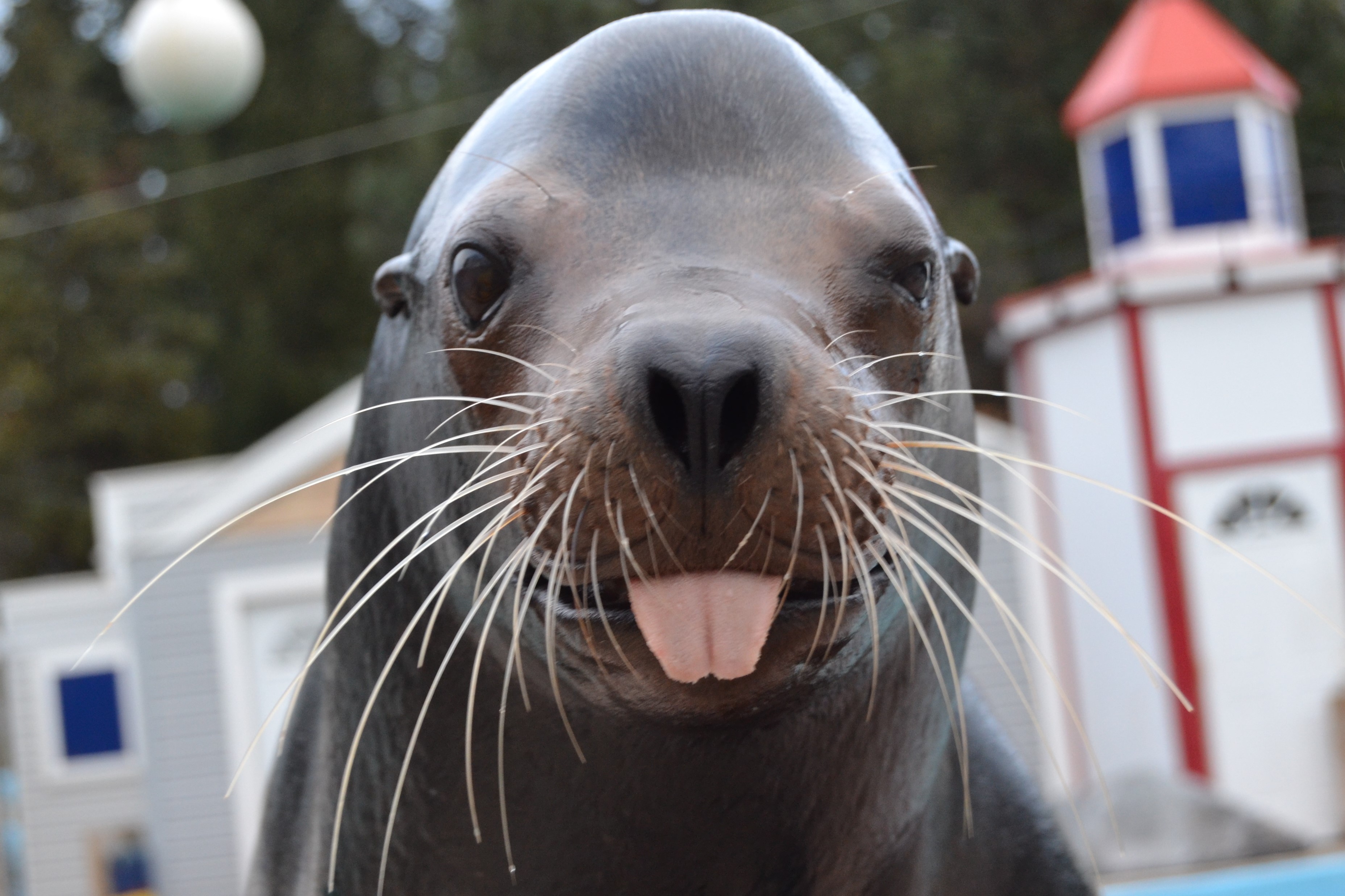
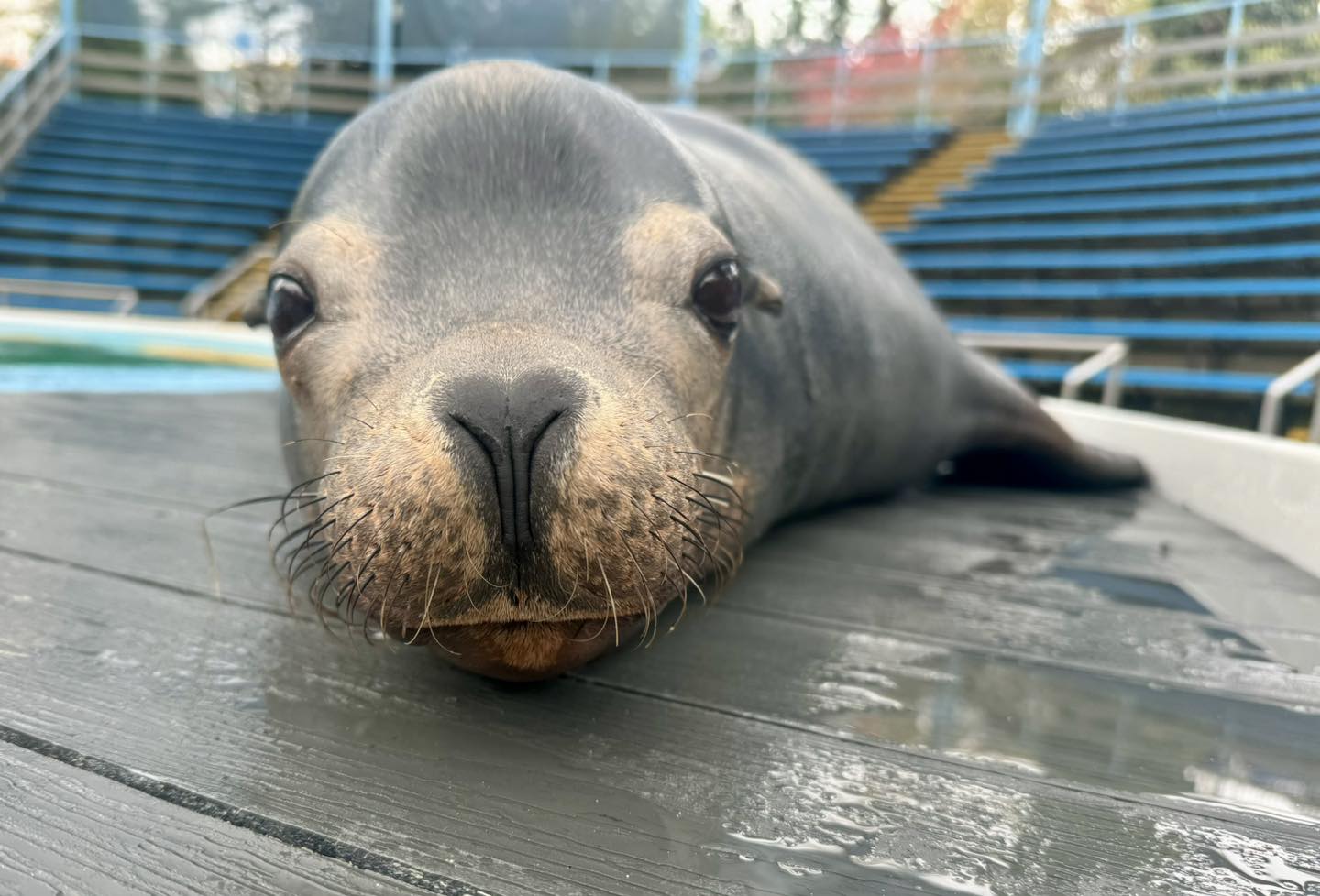 Meet Ripley!
Meet Ripley!
